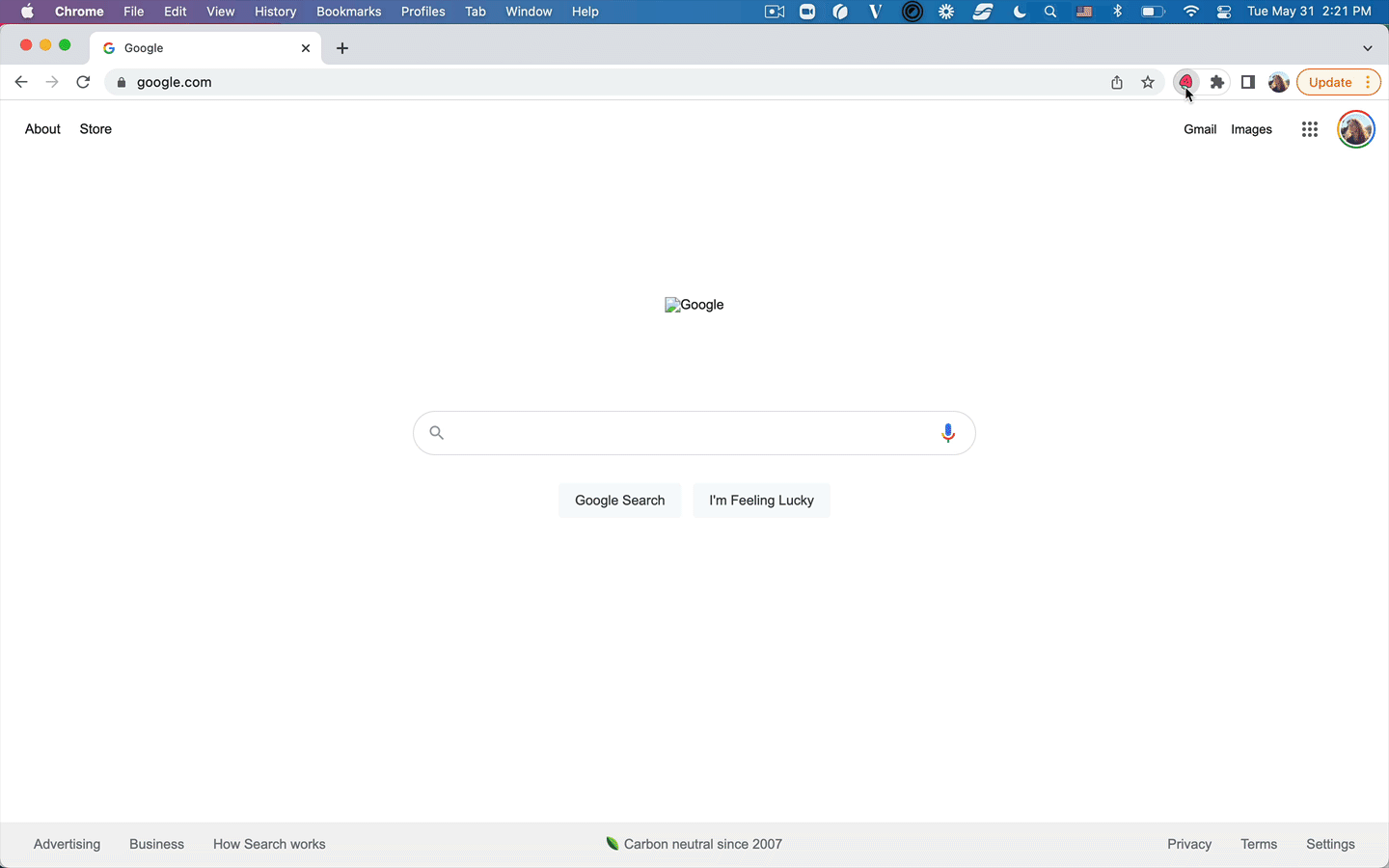What are the key differences between a product manager and product owner?
Product management is still a fairly new discipline and one that is still evolving. I’ve been in product management for over a decade now and even in that time have seen plenty of changes.
If you're in the tech industry, you've probably heard the terms "product manager" and "product owner" thrown around a lot.
But do you really know what these roles actually mean and what sets them apart from one another?
I’ve worked as both a product manager and product owner over the years so thought it would be beneficial to share my thoughts.
Before we dive in, let’s define our terms so we are all on the same page.
What is product management?
Product management is all about bringing a product to market and ensuring its success once it's out there.
This involves everything from identifying a product opportunity and defining its features, to collaborating with cross-functional teams and analyzing data to make informed decisions about the product's direction.
Whilst product management is not exclusive to the tech industry, nowadays it’s usually discussed in that context.
The product management function doesn’t just include product managers and product owners. Product designers, business and data analysts as well as UI and UX researchers can also be included under the umbrella of product management.
The simplest way I’ve heard it discussed is that the product management side of the business owns the ‘Why?’, the ‘What?’ and the ‘When?’ of the product development life cycle.
Whilst the engineering side of the business owns the ‘How?’.
Of course, it is never as simple as this.
Any good product development process would have back and forth and gather input from the key stakeholders across the business on each of these steps.
For more info on this, have a look at this excellent post that goes into more detail:
What Is Product Management? (Processes, Tools, FAQs)
What are a product manager's responsibilities?
A product manager is responsible for the overall vision and strategy for a product.
This includes conducting market research to identify opportunities, setting the product roadmap, and defining the product's features and requirements.
The product manager is also responsible for managing the product budget and making sure the product is delivered on time and within budget.
Generally, the product manager is looking at the longer term, bigger picture.
In simple terms: the ‘Why?’ and ‘What?’
What are a product owner's responsibilities?
A product owner, on the other hand, is responsible for defining and prioritizing the features of a product.
This involves working closely with the development team to ensure that the product is being built in a way that meets the needs of the target market.
The product owner is also responsible for communicating with stakeholders and making decisions about the direction of the product.
Product Owners are generally more focused on the short to medium term and focus on the detail.
In simple terms: the ‘What?’ and the ‘When?’
Both PM and PO have input on the ‘What?’ but it’s more likely that the PM would define the higher level priority and the PO would then break this down into more granular elements for the engineering team.
Focus on the functions, not the job title
One of the most important things to note is that just because someone’s title is ‘Product Manager’ doesn’t mean they’re fulfilling the function of a product manager.
The same is true of ‘Product Owner’ as a title.
There are many product managers out there doing the functions of a product owner. And there are many product owners out there who are de facto product managers in all but name.
It can get confusing.
It’s not uncommon to find wildly differing definitions of the titles across different companies and industries. As well as differences in different countries.
Some might not even make the distinction between a PM and PO.
So don’t get too hung up on the title. Looking at the responsibilities that person is fulfilling will give you a better understanding.
What are the key differences between a product manager and product owner?
There are a few key differences between a product manager and a product owner that are important to understand.
Firstly, the product manager is responsible for the overall vision and strategy for the product, while the product owner is responsible for defining and prioritizing the specific features of the product.
This means that the product manager is focused on the big picture and long-term goals for the product, while the product owner is focused on the short-term priorities and ensuring that the development team is building the right features in the right order.
Additionally, the product manager is responsible for managing the budget and making sure the product is delivered on time and within budget, while the product owner focuses on ensuring that the product is being built in a way that meets the needs of the target market.
This means that the product manager has a more financial focus, while the product owner has a more customer-centric focus.
Another key difference is that product owners are usually closer to the agile methodology of a company than a product manager.
It would be perfectly normal for a product owner to attend the dev teams daily stand-up, even if they don’t contribute. Merely there to observe and answer any questions the team may have.
Whilst a product manager could join a daily stand-up it would be a rarer event.
Likewise a product owner is likely to join team ceremonies such retrospectives, planning and retro sessions etc.
In this way a PO is closer to detail and development process than a PM. Whilst a PM is closer to the business side of things.
Needless to say there is still a great deal of overlap between a PM and PO.
If you agree you'll find this post enlightening:
Bugs vs. product-market fit: why even startups need to build high quality products
Who owns what?
So, who owns what in the world of product management?
Ultimately, both the product manager and product owner play very important roles in the success of a product.
The product manager owns the overall strategy and vision for the product, while the product owner owns the specific features and priorities of the product.
Both roles work together to bring a successful product to market, but they have slightly different areas of focus and responsibilities.
It's important to note that the roles of product manager and product owner can sometimes overlap, and the specific responsibilities of each role may vary depending on the organization and the product in question.
However, understanding the key differences between these two roles can help you better understand the product development process and the importance of both positions in bringing a successful product to market.
What happens when product managers and product owners disagree?
Disagreements between product managers and product owners are pretty common in the tech industry.
In fact, I would say, if a PM and PO don’t occasionally disagree (in a collegial way of course) then the dynamic isn’t operating as best it could.
A healthy tension leads to better product development. A PO could push back on overly optimistic timings, whilst a PM could challenge an inflated feature estimate.
It's not unusual for these two roles to have different priorities and areas of focus, which can lead to conflicting perspectives on the best way to move forward with a product.
For example, as a product manager, my focus might be on the long-term vision and goals for the product, while the product owner might be more focused on short-term priorities and ensuring that the development team is building the right features in the right order.
When these two roles disagree, it's important to remember that we both want the same thing: to bring a successful product to market. It's also important to remember that both roles bring valuable perspectives to the table.
One way to handle disagreements between product managers and product owners is to have open and honest communication.
Having a culture of psychological safety is vital for this. Every team member should be comfortable enough to challenge ideas or bring up unconventional questions without fear.
By talking through the issues and considering each other's points of view, we can usually find a resolution that meets the needs of both parties.
It can also be helpful to involve other stakeholders, like the development team or upper management, in the decision-making process to get a well-rounded perspective.
Another option is to use data and analytics to inform decision-making.
By looking at market trends and customer feedback, we can often find a consensus on the best course of action for the product.
Ultimately, it's important for product managers and product owners to work together and find a solution that aligns with the overall goals and vision for the product.
By maintaining a collaborative and open-minded approach, we can usually navigate disagreements and find a path forward that benefits the product and the company as a whole.
I hope this helps clear up some of the confusion around the differences between product managers and product owners.
Whether you’re a product manager or product owner (or really anyone working in tech) you’ll get great value from using jam.dev.
This free chrome extension makes the capturing and reporting of bugs seamless.

Easily record or screenshot a bug you come across and include all the required info in one place and send it all to your QA or Dev team easily via slack or other tools.
10 books every product manager should read
